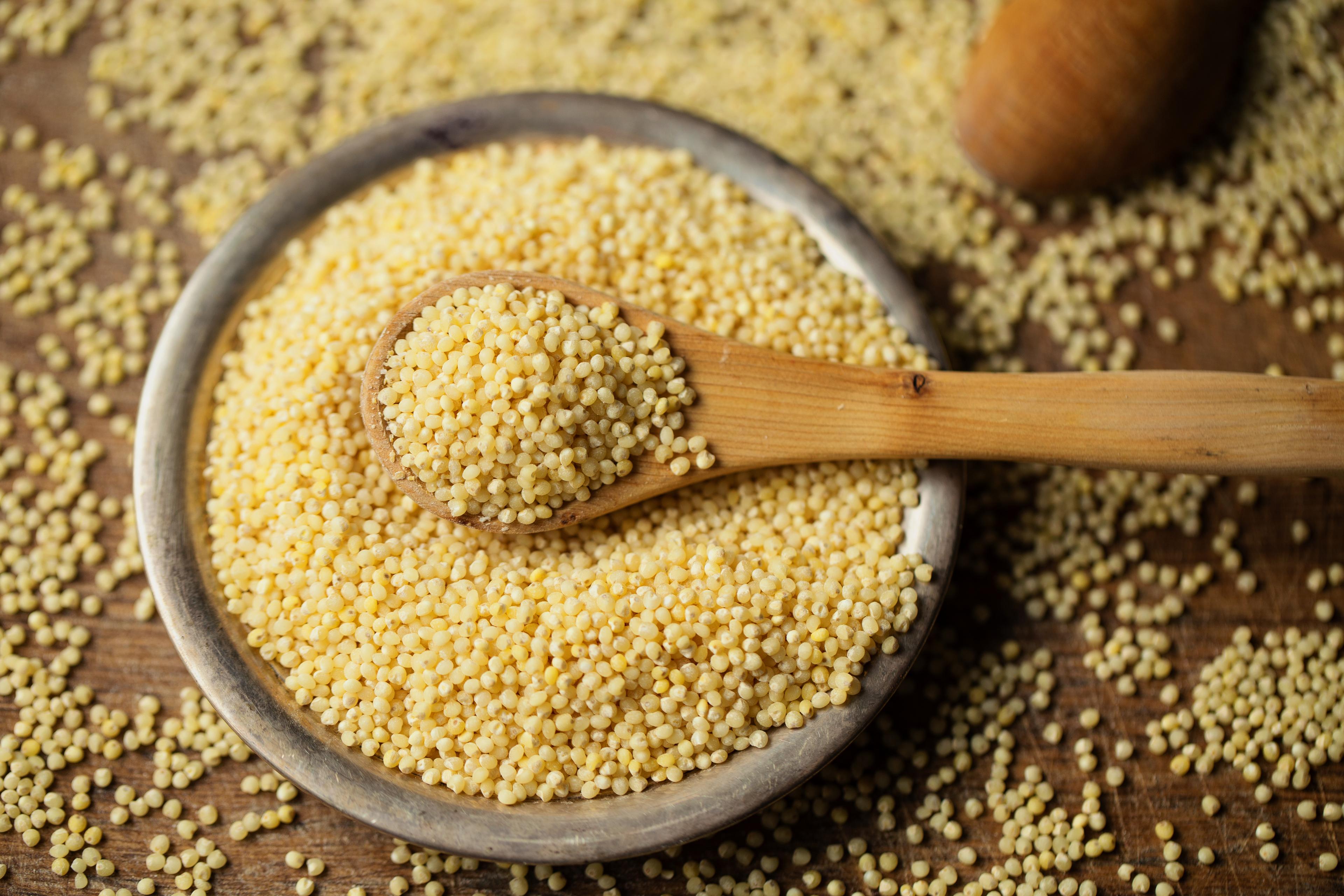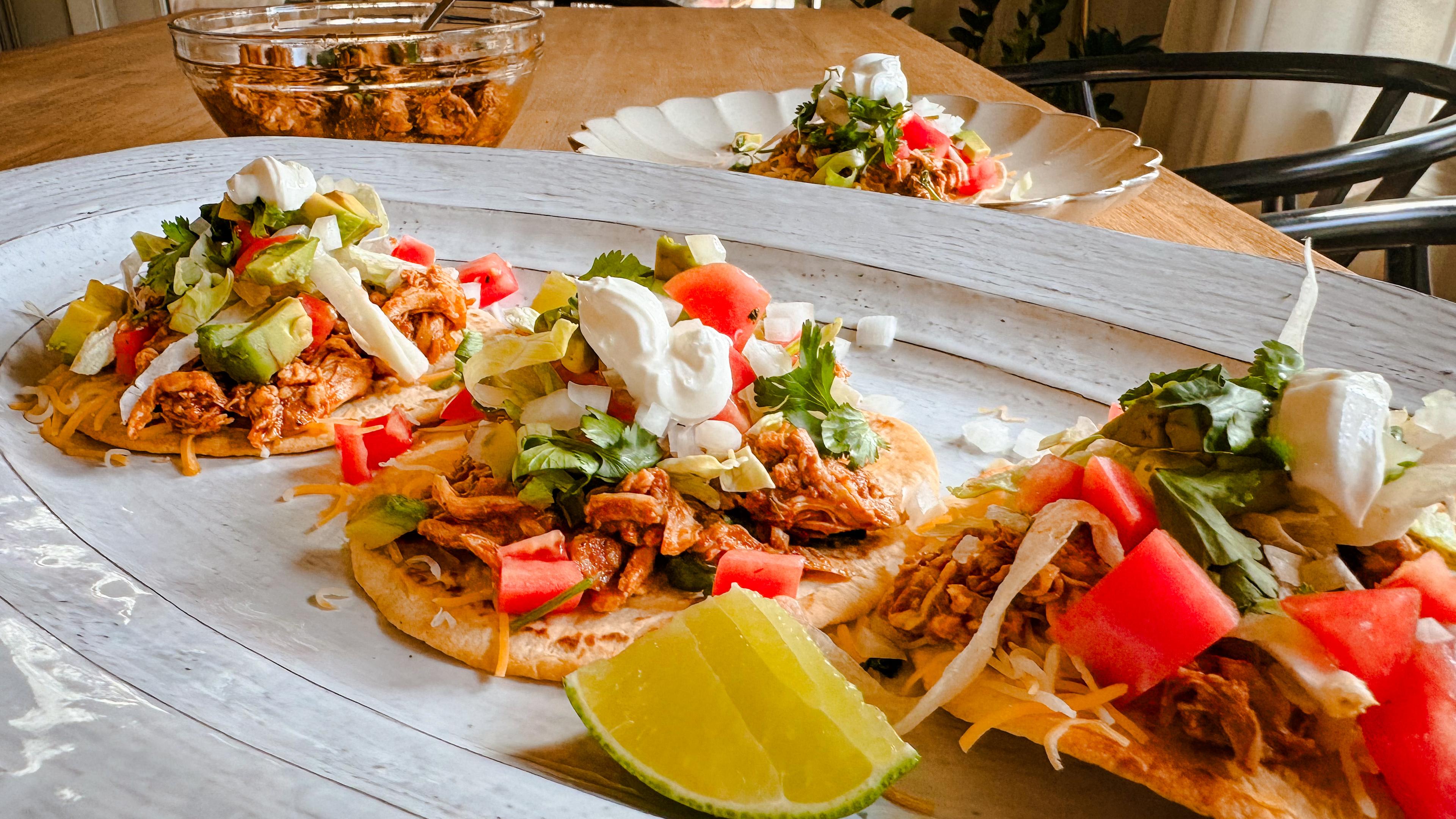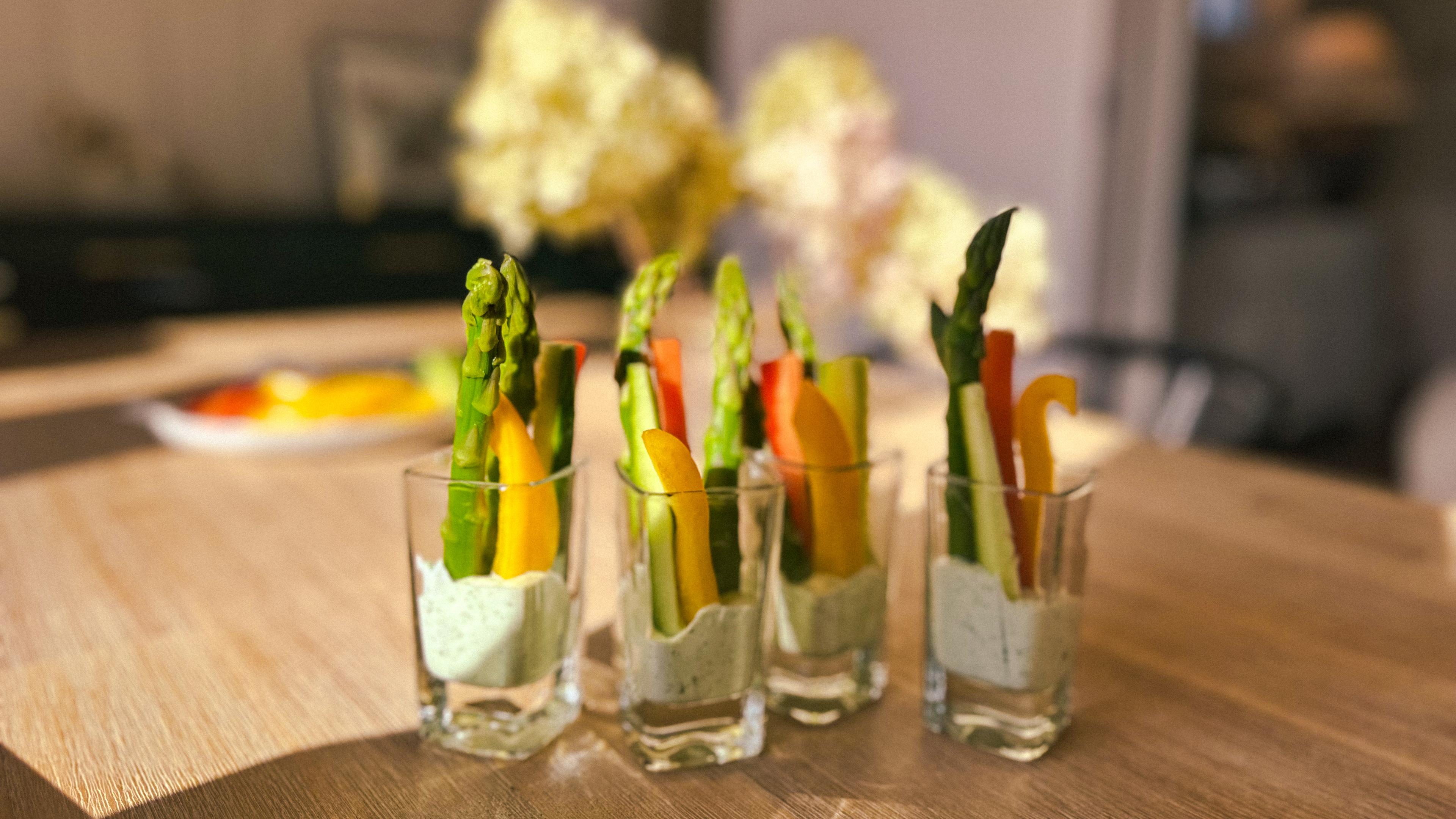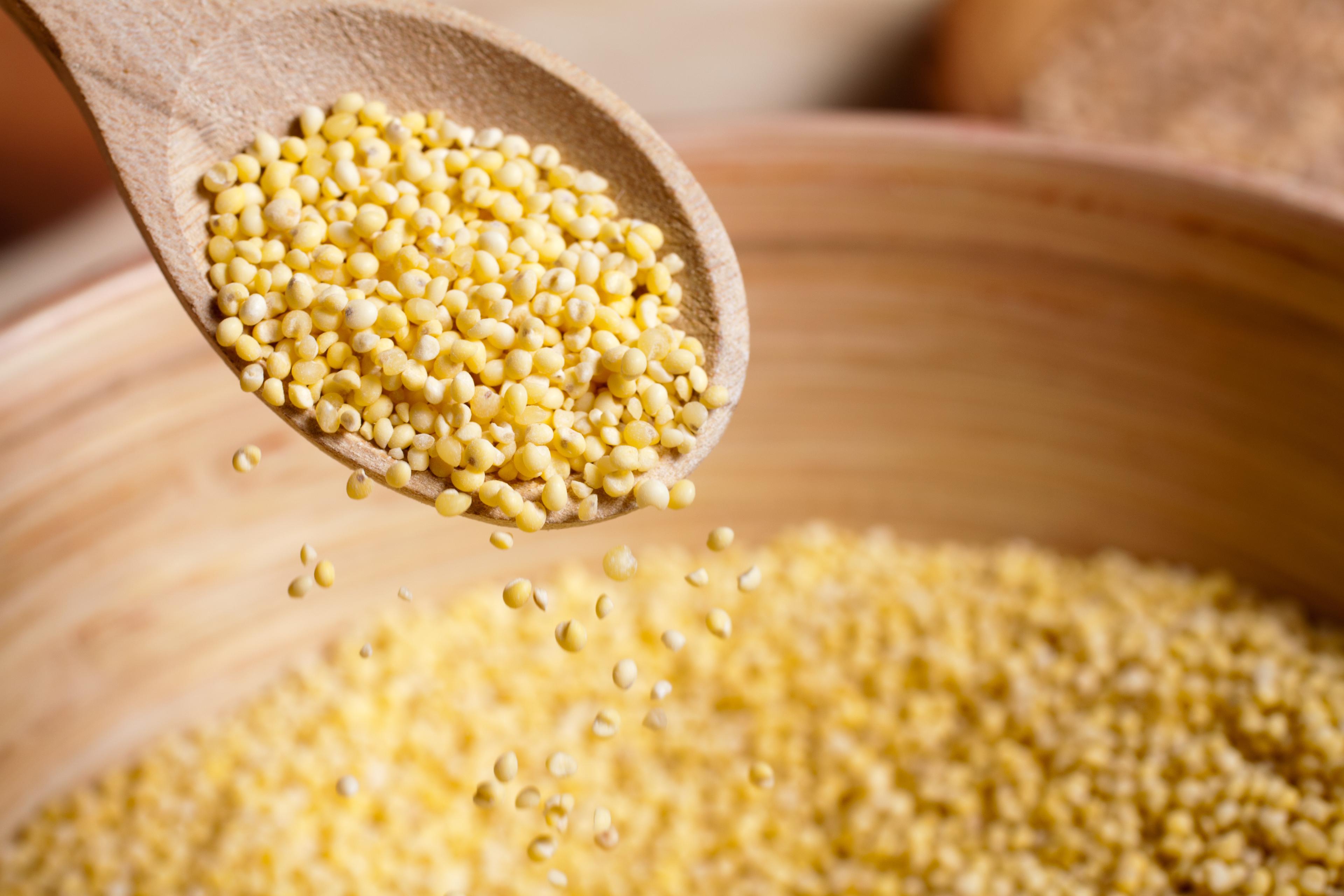Food, nutrition, recipes and more for healthy living.
#WellnessWeds: 15 Calcium-Rich Foods Without the Dairy
6 min read
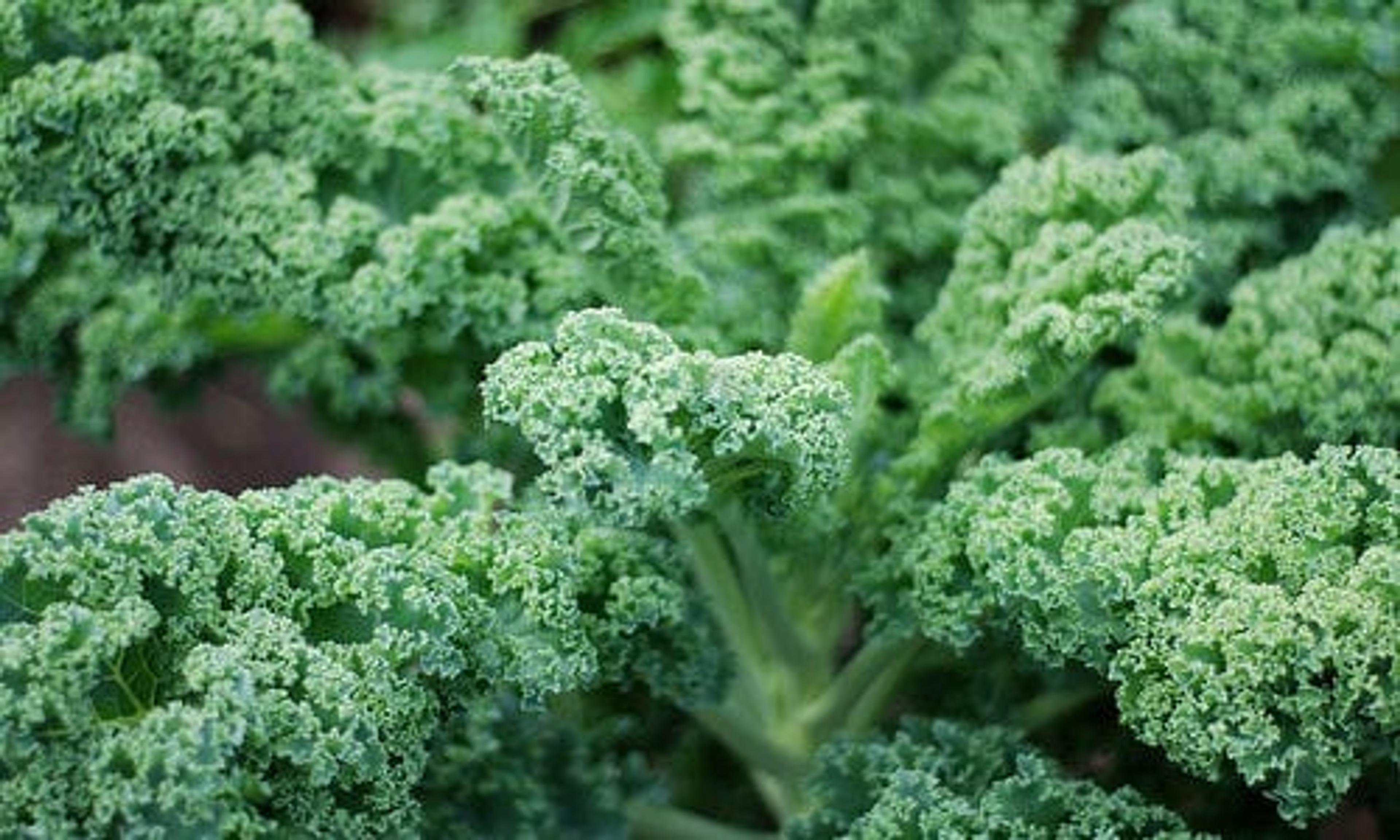
After some of your comments from the post Chocolate Milk Debate: Should it be offered in Schools? I thought it would be a good idea to write about other sources of calcium that are not milk or milk based.
Here’s what we heard via Twitter on this subject:
[blackbirdpie url=”http://twitter.com/#!/SFTEBakery/statuses/115824973641293824″]
[blackbirdpie url=”http://twitter.com/#!/nyshepa/status/115826167617028096″]
When we posed this question on Facebook, there was a mixed response.
Recommended Intakes
In the end, it is a fact that everyone needs calcium in their diet everyday, to build and maintain healthy bones.
Recommended Dietary Allowances for Calcium Age Male Female Pregnant Lactating 0–6 months* 200 mg 200 mg 7–12 months* 260 mg 260 mg 1–3 years 700 mg 700 mg 4–8 years 1,000 mg 1,000 mg 9–13 years 1,300 mg 1,300 mg 14–18 years 1,300 mg 1,300 mg 1,300 mg 1,300 mg 19–50 years 1,000 mg 1,000 mg 1,000 mg 1,000 mg 51–70 years 1,000 mg 1,200 mg 71+ years 1,200 mg 1,200 mg
Milk and milk-based foods are the most concentrated sources of calcium. Some people avoid milk products because they don’t like these foods, don’t eat animal products or have a lactose intolerance.
15 Calcium-Rich Foods
- Sesame Seeds, Flax Seeds A quarter cup of sesame seeds has 351 mg of calcium. Sesame seeds may be small, but they pack a nutritional punch when it comes to calcium. Just a quarter cup of sesame seeds contains about 35 percent of your recommended daily value, as well as magnesium, iron, B-vitamins and zinc. Who knew such a small seed could do so much?
- Tahini Two tablespoons of raw tahini (sesame seed butter) have 126 mg of calcium, but be careful of the fat content, since it is a “butter.”
- Blackstrap Molasses One tablespoon has about 137 mg. The darkest and thickest variety, blackstrap molasses also contains the most minerals, such as calcium, iron and potassium, which are extracted from refined sugar in the refining process. Blackstrap molasses is less sweet than other sweeteners and has a “bite” in its flavor, making it excellent for sauces and marinades as well as spiced baked goods.
- Broccoli Two cups of boiled broccoli has 124 mg of calcium. High in calcium as well as iron, magnesium, potassium and vitamins C and E, this cruciferous vegetable is one nutritional powerhouse! Cooking with broccoli is easy, as it is flavorful raw, lightly steamed, boiled or baked, and can be enjoyed on its own or in a variety of dishes.
- Spinach, Collard Greens, Swiss Chard, Kale, Kelp One cup of raw kelp has 136 mg. Dark leafy greens are excellent sources of calcium. In fact, kale contains more calcium per ounce than milk. Spinach has high amounts of oxalic acid which can inhibit the body’s ability to assimilate the calcium, so it should not be eaten as a main calcium source all of the time. To increase the body’s ability to absorb the many nutrients found in spinach, adding foods high in vitamin C helps to cancel out the effect of oxalic acid. Dark leafy greens have the highest nutrient content raw or lightly steamed, and rarely should they be cooked longer.
- Brazil Nuts Two ounces of Brazil nuts (12 nuts) has 90 mg of calcium.
- Celery Two cups of raw celery have 81 mg of calcium.
- Almonds One ounce of almonds (23 nuts) has 75 mg. Almonds contain more calcium than any other nut, and they are also good sources of fiber, folic acid, magnesium, potassium and protein. Incredibly versatile for both savory and sweet dishes, almonds lend a rich flavor and dimension to a variety of recipes. I like to keep a small airtight container of finely ground almonds in the refrigerator for use in baking recipes, cookies and breads, or for adding texture to the breadings or crusts of meats, poultry and fish, as well as just to sprinkle over oatmeal or cereal in the morning.
- Papaya One medium papaya has 73 mg of calcium.
- Oranges One medium orange has 52 mg of calcium.
- Enriched Rice Milk and Soymilk To make up for the calcium found in dairy products, many imitation dairy products are enriched with calcium and other minerals, as if it were a glass of animal milk.
- Figs Figs are good source of calcium, with four supplying almost 100 mg. They are also high in iron, magnesium, potassium, and phosphorous. Figs can be enjoyed either fresh or dried as purees in baked goods to add density, texture and flavor in place of unhealthy fats, and they are also delicious prepared in sweet and sour dishes and as compliments to lamb, pork, poultry and game bird dishes. I like to keep dried Calimyrna figs around for baking and cooking purposes but also as calcium-rich additions to my oatmeal or cereal.
- Salmon While boneless salmon has some calcium, eating salmon with bones is an excellent, not to mention tasty, way to enjoy this fish. Salmon is also high in healthy Omega-3 fats and protein. Using salmon in cooking is easy; canned salmon with the bones can be used to make patties that can be enjoyed on their own or as “burgers,” and it can also be used in place of tuna in recipes like tuna salad or tuna casserole.
- Soybeans Soybeans are high in calcium as well as iron, protein and healthy fats. They are low in cholesterol and saturated fats and are sold dried, canned and frozen as well as in curd form (tofu) and fermented (tempeh). Soybeans can be used in recipes in their whole form, edamame, as well as pureed for dips, sauces and spreads. Additionally, tofu and tempeh can be used in sweet and savory dishes alike; in its silken form, tofu is great for “custards” or sauces, and both tempeh and tofu in firmer varieties can be chopped into blocks and baked, sauteed, fried or served on sandwiches.
- Tofu It might surprise you, but tofu is a great way to add extra calcium to your diet. Just 4 ounces of firm Chinese-style tofu contains 10 percent of the daily recommended value of calcium, and tofu is also a great source of protein, healthy fats, iron, and magnesium. Easy to bake, scramble, sear and stir-fry, tofu is a wonderfully nutritious staple to keep in the house. I will even add some to a smoothie because it picks up the flavor of anything you add to it.
Are these foods that you have in your diet now? Or will you add some of these in? I would love to hear from you. Thanks for the comments and insights, you help inspire the posts we write. If you have more ideas or questions, please let us know.
Photo Credit: Rachel Ford James

